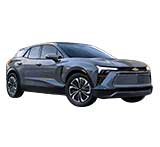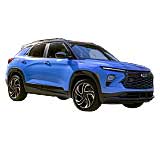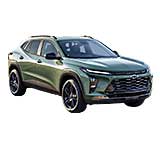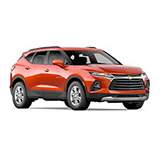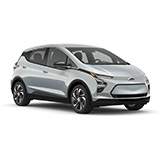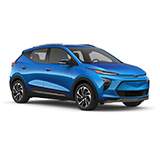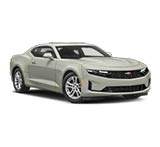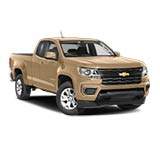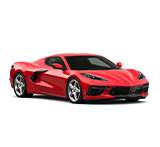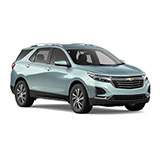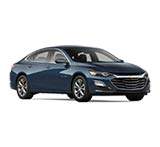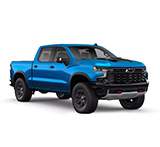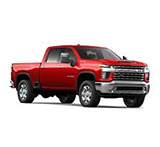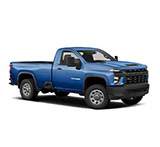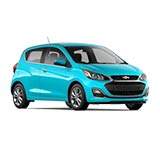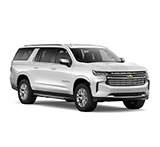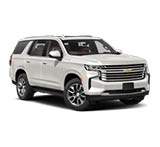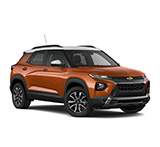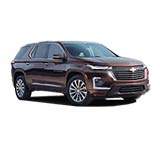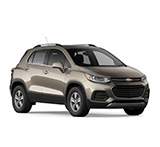Chevrolet
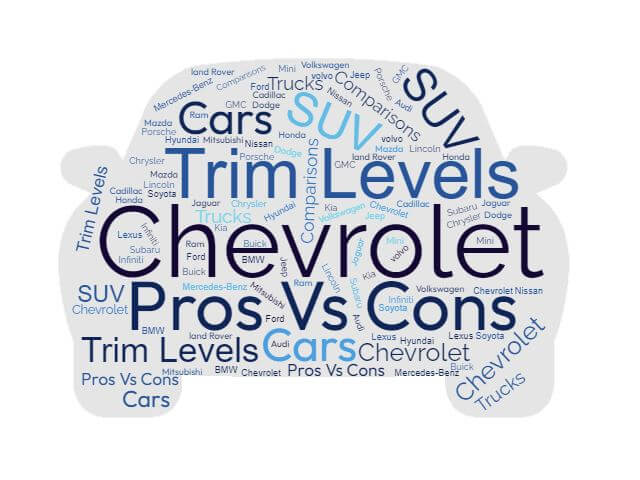
About Chevrolet
Begun as a branch of General Motors in the early 1900s and weighing in as an early competition for the Model T Ford, Chevrolet has become one of the most iconic, recognizable and respected automobile brands both in America and internationally. With a history of classic and sought after models and modern staying power, this manufacturer represents the height of the all-American automobile.
November 3, 1911
Started by Louis Chevrolet and William C. Durant
In 1911, Swiss race car driver and engineer Louis Chevrolet teamed up with the then-ousted General Motors founder William C. Durant to found the automotive branch of General Motors known as Chevrolet. Durant would soon use the success of this start-up branch as leverage to restore himself to management power within General Motors before long.
1919
Competing With the Ford Model T
By 1919, Chevrolet had become the highest volume manufacturer in the General Motors brand, and started retailing consumer vehicles that rivaled the Model T Ford for quality and popularity. The popularity and accessibility of the Chevrolet models skyrocketed so fast that within a decade they would surpass the Model T in sheer sales volume.
1929
Six Cylinder Engine Model Released
After their four cylinder engine model trounced the Model T competition in terms of sales, Chevrolet went on to develop a six cylinder engine style that provided more horsepower and was such a successful model that it remained in use up until the very end of the 1900s. This six cylinder model was Chevrolet's sole engine design until the small block V8 was finally successfully introduced in 1954.
1953
Corvette Line First Introduced
Late in the model year of 1953, Chevrolet released a convertible sports car model that would revolutionize the sports car market and become an icon of classic taste and sophisticated performance power for decades to come. Still produced today, the Corvette line is an emblematic sports car design that has evolved alongside the Chevy brand. With the first fuel injected engine models showing up in 1957, the Corvette became an instant status symbol and a favorite among collectors who hold nostalgia for the heyday of vintage Chevrolet design.
1957
First Fuel Injected Engine
The Rochester Ramjet fuel injection system because an available option on sedans and sports cars alike for the Chevrolet brand in the model year of 1957. This system has since become the preferred method of introducing fuel to an internal combustion engine system, replacing carburetors altogether by the late '80s. These more modern systems were designed and manufactured by General Motor's Rochester division, who also made other related system components for General Motors.
1958
First NASCAR Sprint Cup Series Win For Chevrolet
Chevrolet automobiles have taken home more NASCAR championship titles than any other automobile manufacturer, with a whopping 38 total wins since their first Sprint Cup victory in 1958. Chevrolet would continue to compete with NASCAR entries from Ford, Plymouth, Pontiac and other contenders, but ultimately Chevrolet's racing reputation in the NASCAR competition remains top notch as they continue to defend their title. To add to their racing credentials, Chevrolet also has the distinction of providing a Corvette as the pace car for the Indianapolis 500 race 12 times.
1963
Record Sales Make the Impala one of the Most Popular Cars in America
The classic 1963 Impala model set the tone for one of the most popular American automobile model lines of all time, and by 1963 the Impala line was one of the most common automobile styles in the country. By this time in Chevy's history, one in every ten cars sold would be a Chevrolet, and the brand enjoyed substantial recognition and respect. The Impala was introduced in the late '50s as Chevrolet's full sized sedan model, and competed with Ford, Plymouth and other contenders in the full size sedan saturated market of the '60s. The Impala is still respected as a large and luxurious vehicle with a price point low enough to make it accessible to many consumers, lending to its universal popularity.
1955-2003
The Small Block V8 Engine
Undergoing several iterations over the decades, Chevy's small block V8 engine is one of the most successful motors of all time and is still built into hot rodding vehicles and other models today, although the more sophisticated designs differ substantially from the carbureted and fuel-injected models of the '50s and '60s. In its earliest iterations, this eight cylinder engine was known affectionately as the 'Mighty Mouse' for its small size and powerful punch, and was one of the first production engines to reach one horsepower per cubic inch. The small block V8 was such a successful and economic design that it and its descendants went on to be used in nearly every General Motors model except for the Saturn line, and remains a sought after racing engine among hot rod circles and collectors.
2010
Launch of the plug-in electric Volt model
By the time Chevrolet announced its first revolutionary all electric model, the company had grown to distribute award winning vehicles to over 140 countries worldwide and to set even more global sales records. The 2010 model year saw Chevy joining the electric car initiative with the plug-in hybrid Chevy Volt, which won the World Green Car of the Year award in 2012. As of today, it remains the top selling plug-in electric car in America. The Volt's unique green design runs solely on stored battery power until the battery charge drops below a certain threshold and the internal combustion engine takes over. The Volt's energy saving features also include a regenerative braking mechanism, which means that every time the car brakes, that power and momentum is converted into additional energy to power to battery.

